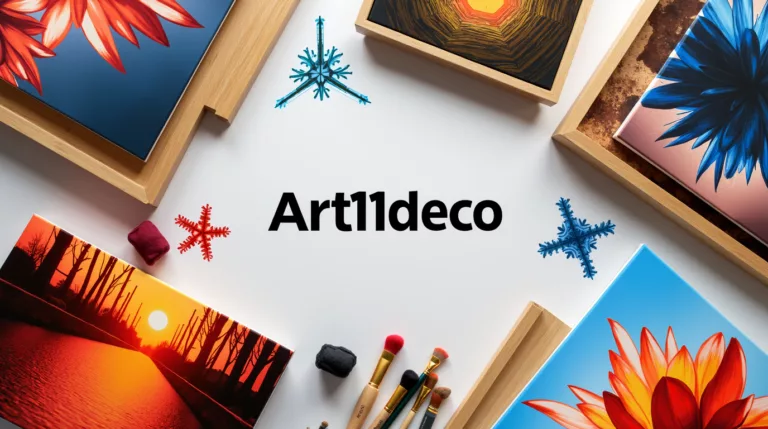Prints vs. Originals Art: What Sells More?
In the world of art sales, artists often face a critical question: Should they focus on selling original artworks or prints? Both options have their pros and cons, and the best choice depends on factors like pricing, audience demand, and artistic goals. In this comprehensive guide, we’ll explore the differences between prints and originals, analyze which sells more, and offer strategies to maximize your profits.
Understanding the Difference: Prints vs. Originals
1. Original Artworks: One-of-a-Kind Creations
An original artwork is a unique, hand-crafted piece created by the artist. This can include paintings, drawings, sculptures, or mixed media pieces. Originals often carry high value because they are one-of-a-kind and represent the artist’s direct creative effort.
Pros of Selling Originals
- High Value: Collectors and art enthusiasts are willing to pay premium prices for original pieces.
- Exclusivity: Each artwork is unique, increasing its desirability.
- Greater Artistic Integrity: Selling originals allows artists to maintain full control over their work’s value and presentation.
Cons of Selling Originals
- Limited Sales Potential: Since each piece is unique, it can only be sold once.
- Higher Price Barrier: Not all art lovers can afford expensive original artworks.
- Longer Sales Process: Selling an original can take time, as collectors often consider purchases carefully.
2. Prints: Reproductions of Original Artwork
Prints are high-quality reproductions of an artist’s original work, often produced on canvas, paper, or other materials. They can be made in limited or unlimited editions.
Pros of Selling Prints
- Higher Sales Volume: Artists can sell multiple copies of the same artwork, increasing overall revenue.
- More Affordable for Buyers: Prints are cheaper than originals, making art accessible to a wider audience.
- Passive Income Potential: Once an artwork is digitized, it can be sold repeatedly with minimal additional effort.
Cons of Selling Prints
- Lower Profit per Sale: Prints are sold at a lower price point, meaning artists need to sell more to earn substantial revenue.
- Perceived Lower Value: Some buyers prefer owning original pieces over prints.
- Production Costs: High-quality printing, framing, and shipping add extra costs.
What Sells More: Prints or Originals?
1. The Market Demand for Prints vs. Originals
The art market is diverse, and different buyers have different preferences. However, data suggests that prints generally sell more than originals because of their affordability and accessibility.
- Prints Appeal to a Wider Audience: Art prints attract casual buyers who may not be able to afford original artwork. This makes them a popular choice for home decorators and young collectors.
- Originals Attract Serious Collectors: Buyers of original pieces are often serious collectors or investors looking for exclusive artwork.
2. Pricing and Sales Volume
- Originals: High price, low volume. One-time sale per artwork.
- Prints: Low price, high volume. Multiple sales per artwork.
Artists who focus on selling prints can generate steady income through high sales volume, while those who sell originals rely on fewer but higher-priced sales.
3. Online vs. Offline Sales
- Prints Perform Well Online: Since buyers don’t need to see prints in person, they are more likely to purchase them from online stores.
- Originals Are Best Sold in Galleries and Exhibitions: Many collectors prefer to see original artwork up close before making a purchase.
How to Maximize Your Art Sales
1. Offer Both Prints and Originals
The best strategy for most artists is to sell both prints and originals. This way, you can cater to different audiences:
- High-end collectors who want exclusive pieces.
- Budget-conscious buyers who want affordable prints.
2. Create Limited Edition Prints
To increase the value of your prints, consider selling limited edition prints instead of open editions.
- Limited editions (e.g., only 50 copies available) create scarcity and increase demand.
- Signed and numbered prints add an extra level of exclusivity.
3. Choose the Right Printing Methods
High-quality prints can significantly impact your sales. Consider these printing methods:
- Giclée Printing: Offers museum-quality prints with vibrant colors and long-lasting durability.
- Screen Printing: Ideal for bold, graphic artwork.
- Lithography: Often used for limited edition fine art prints.
4. Set the Right Prices
- Originals: Price according to your time, materials, and market demand.
- Prints: Factor in printing costs, artist markup, and perceived value.
5. Sell Your Art Online
Take advantage of online platforms to reach a global audience. Top websites for selling art include:
- Etsy (best for prints and affordable artwork)
- Saatchi Art (ideal for high-end art sales)
- Redbubble & Society6 (great for print-on-demand sales)
- Your own website (gives you full control over branding and pricing)
6. Use Social Media for Marketing
Promote your prints and originals on platforms like:
- Instagram (best for visual storytelling and direct sales)
- Pinterest (great for driving traffic to your shop)
- TikTok (engage with audiences through process videos)
Conclusion: Which One Should You Focus On?
If your goal is to build a sustainable income, selling prints can provide consistent revenue with minimal effort. However, if you want to establish yourself as a high-end artist, focusing on original pieces will enhance your brand and artistic value.
Final Recommendations:
- Sell originals to build prestige and attract serious collectors.
- Offer limited edition prints to balance affordability with exclusivity.
- Use multiple sales channels to maximize your reach.
By implementing the right strategies, you can turn your art into a profitable business while reaching a diverse audience of buyers.
Art11deco







